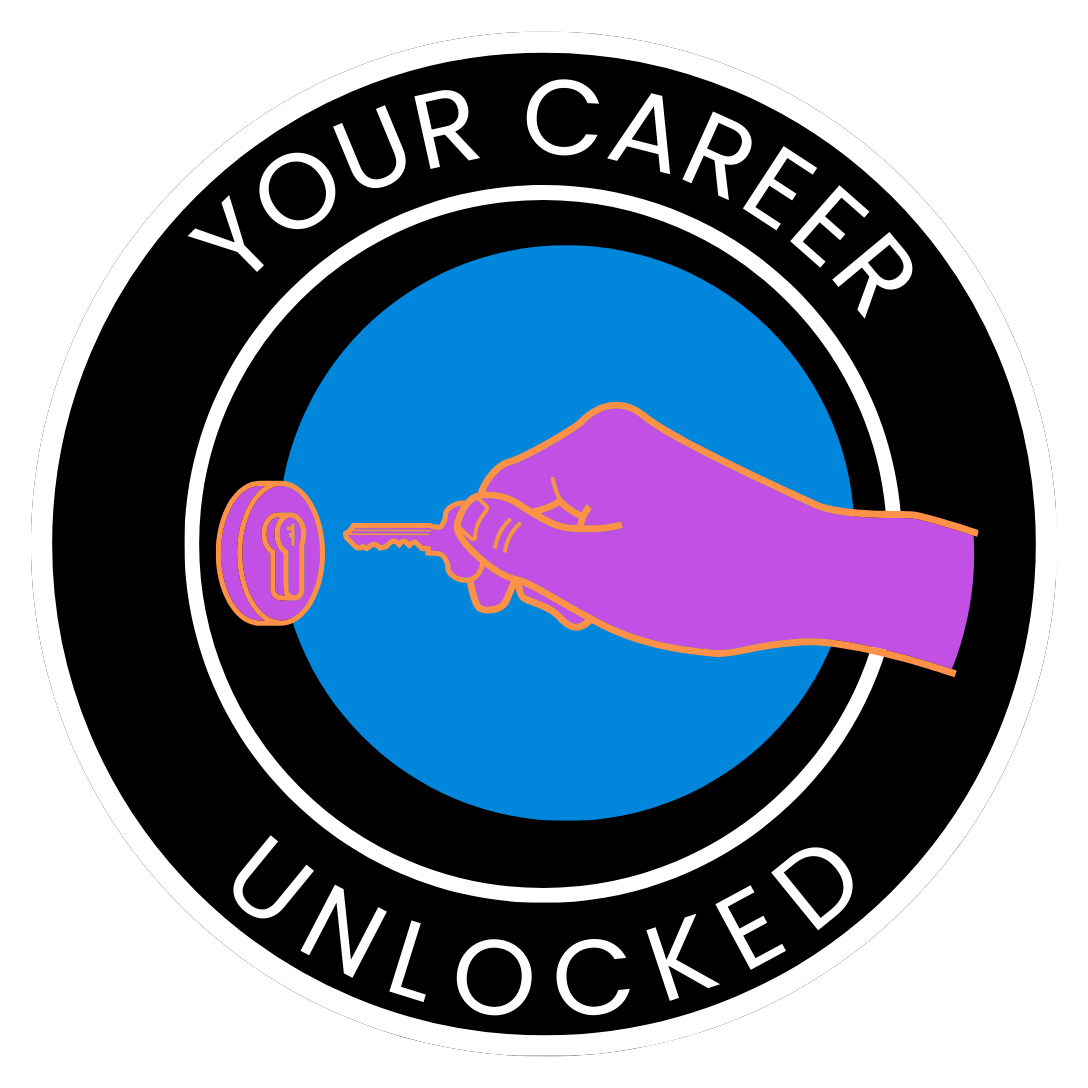If you’re just starting your professional journey, transitioning from a customer service role into the corporate or tech world might feel daunting—but it doesn’t have to be. With the right resume, you can transform your experience into a compelling story that shows hiring managers why you’re the perfect fit for their team.
Here’s how to craft a standout resume, even with limited experience, and position yourself as a strong candidate for roles in startups or corporate environments.
1. Frame Your Experience Around Transferable Skills
Even if your past work has been primarily in customer service, you’ve likely developed skills that align perfectly with corporate and tech roles. Employers in these industries value:
- Communication: Effectively conveying ideas to clients or team members.
- Problem-Solving: Handling customer issues equips you with the ability to resolve conflicts and find solutions under pressure.
- Adaptability: Thriving in fast-paced, ever-changing environments.
- Data and Metrics: Leveraging numbers to improve performance and track success.
How to Highlight This:
In your resume, shift the focus from task-based descriptions to skill-based achievements.
Before:
- Assisted customers with product issues.
- Processed transactions at the cash register.
After:
- Resolved customer inquiries with a 98% satisfaction rate, consistently exceeding team performance metrics.
- Streamlined checkout processes during peak hours, reducing wait times by 15%.
2. Use Data to Make Your Achievements Pop
Numbers grab attention and show measurable impact, which is exactly what recruiters look for. Think about the data you have from your customer service role—anything that showcases your contributions to business success.
Examples:
- Sales Growth: “Increased add-on product sales by 20% through personalized recommendations.”
- Efficiency: “Reduced average resolution time for customer issues by 10%, improving team productivity.”
- Volume: “Handled 50+ customer interactions daily, maintaining a high level of accuracy and professionalism.”
If you don’t have metrics readily available, reach out to your previous employer or manager for access to reports that highlight your performance.
3. Tailor Your Resume for the Role You Want
Recruiters often spend less than a minute scanning resumes, so tailoring yours is crucial. Start by reviewing the job description and aligning your language and skills with what the company seeks.
Example: Transitioning to a Customer Success Role
If the posting emphasizes problem-solving and relationship-building:
- Highlight how you “built strong relationships with customers, ensuring long-term retention.”
- Showcase experience “proactively identifying and addressing customer pain points to enhance satisfaction.”
4. Add a Section for Relevant Projects
Even if your work history is light, you can showcase your initiative and passion through personal or academic projects. For example:
- Customer Insights Project: Conducted a survey and presented findings on improving service interactions.
- Tech Training: Self-taught CRM tools like Salesforce or HubSpot to prepare for corporate roles.
Include these projects in a “Relevant Experience” or “Projects” section, particularly if they align with the job you’re applying for.
5. Build a Professional Summary That Tells Your Story
Use a short summary at the top of your resume to connect your customer service background to your aspirations in the corporate world.
Example:
“Customer-focused professional with 3+ years of experience resolving client issues and driving satisfaction rates. Skilled in communication, problem-solving, and process improvement. Eager to leverage these skills to grow within a dynamic corporate or startup environment, with a long-term goal of leading teams and driving innovation.”
6. Learn New Skills to Bolster Your Resume
Corporate and tech industries value continuous learning. Highlighting skills you’ve acquired on your own shows initiative and curiosity. Platforms like LinkedIn Learning or Coursera can help you learn tools and topics like:
- Data Analysis: Excel, Google Sheets, or SQL.
- CRM Tools: Salesforce, Zendesk, or HubSpot.
- Project Management: Trello, Asana, or Monday.com.
Example:
- “Completed LinkedIn Learning certification in Customer Success Management.”
- “Developed proficiency in Excel for analyzing and reporting customer trends.”
7. Format Your Resume for Modern Hiring Systems
Most companies use applicant tracking systems (ATS) to screen resumes. To optimize yours:
- Use a clean, professional layout with clear headings (e.g., Skills, Experience, Education).
- Incorporate relevant keywords directly from the job description.
- Save your resume as a PDF unless instructed otherwise.
Template Suggestion:
[Your Name]
Contact Info | LinkedIn Profile | Portfolio/Website (if applicable)
Professional Summary
2–3 lines summarizing your experience and career goals.
Skills
List technical and interpersonal skills (e.g., “CRM tools, Data Analysis, Relationship Building”).
Experience
Job Title | Company | Dates of Employment
- Achievement-focused bullet points with metrics.
Education
Degree | University | Graduation Year
Relevant Projects (Optional)
Brief description of independent or group projects relevant to the role.
8. Don’t Forget the Human Touch
Finally, your resume should reflect your personality and passion. When appropriate, mention your career aspirations, such as becoming a manager or contributing to a collaborative team environment.
Example Additions:
- Include a personal mission statement in your summary: “Passionate about creating exceptional customer experiences and improving processes to drive business success.”
- If space permits, list professional interests: “Leadership development, team dynamics, and innovative customer solutions.”
Your Next Steps
Now that your resume is polished and professional, make sure it lands in the right hands. Tap into your network on LinkedIn, attend industry events, and follow companies you admire. Combine your stellar resume with personalized cover letters to make an unforgettable impression.
Transitioning from customer service to a corporate or startup role is absolutely within reach. By showcasing your transferable skills, using data to back your achievements, and tailoring your resume to the job you want, you’re well on your way to landing a role that helps you grow into the manager you aspire to be.

